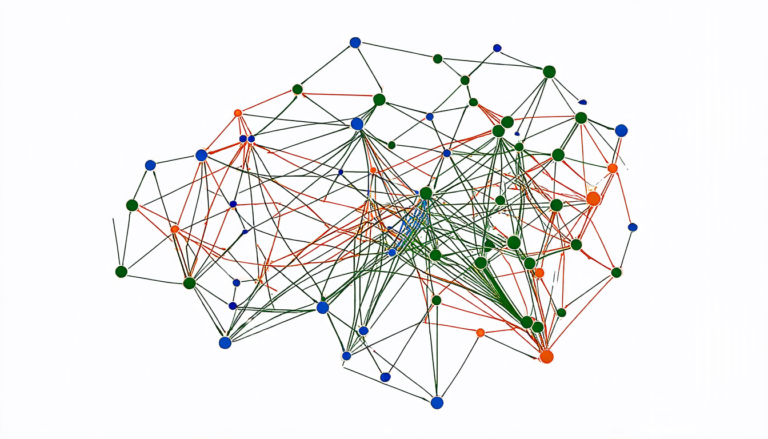Saturday 29 March 2025
The quest for a reliable method of detecting and identifying microplastics, those tiny plastic particles that are increasingly polluting our environment, has been ongoing for some time. Now, researchers have developed a new technique that uses Nile Red staining and multispectral imaging to identify these pesky pollutants with unprecedented accuracy.
The problem with detecting microplastics is that they’re incredibly small, often measuring just a few millimeters in diameter. Traditional methods of detection rely on filtering out larger particles, but this approach can miss many tiny ones. Moreover, current techniques for identifying microplastics are often time-consuming and require specialized equipment.
Enter the Fluorescence Imaging Microplastic Analysis Platform (FIMAP), which uses a combination of Nile Red staining and multispectral imaging to detect and identify microplastics with unprecedented accuracy. The process begins by filtering out larger particles from a sample, leaving only the tiny plastic particles behind. Next, the sample is stained with Nile Red, a fluorescent dye that binds specifically to plastics.
The stained sample is then imaged using a specialized camera system that captures multispectral images of the sample at different wavelengths. This allows researchers to detect even the smallest microplastics, which would otherwise be invisible to the naked eye.
But how accurate is FIMAP? The researchers tested their technique on 10 different samples of microplastics, including polypropylene (PP), high-density polyethylene (HDPE), low-density polyethylene (LDPE), and more. They found that FIMAP was able to detect all of the microplastics with a precision of 90%, accuracy of 90%, recall of 100%, and an F1 score of 94.7%.
But what about false positives? The researchers also tested their technique on samples of natural organic matter (NOM) that could potentially contaminate the sample and confuse the detection process.
The implications of this research are significant. With FIMAP, researchers will be able to detect and identify microplastics more quickly and accurately than ever before. This could lead to a better understanding of the sources and fate of these tiny pollutants, as well as more effective methods for mitigating their impact on our environment.
Of course, there’s still much work to be done. FIMAP is just one tool in the fight against microplastic pollution, and it will likely take a combination of techniques and technologies to truly stem the tide of plastic waste.
Cite this article: “Detecting Microplastics with Unprecedented Accuracy: A Breakthrough Technique”, The Science Archive, 2025.
Microplastics, Nile Red Staining, Multispectral Imaging, Fluorescence, Detection, Identification, Accuracy, Pollution, Environment, Plastics







